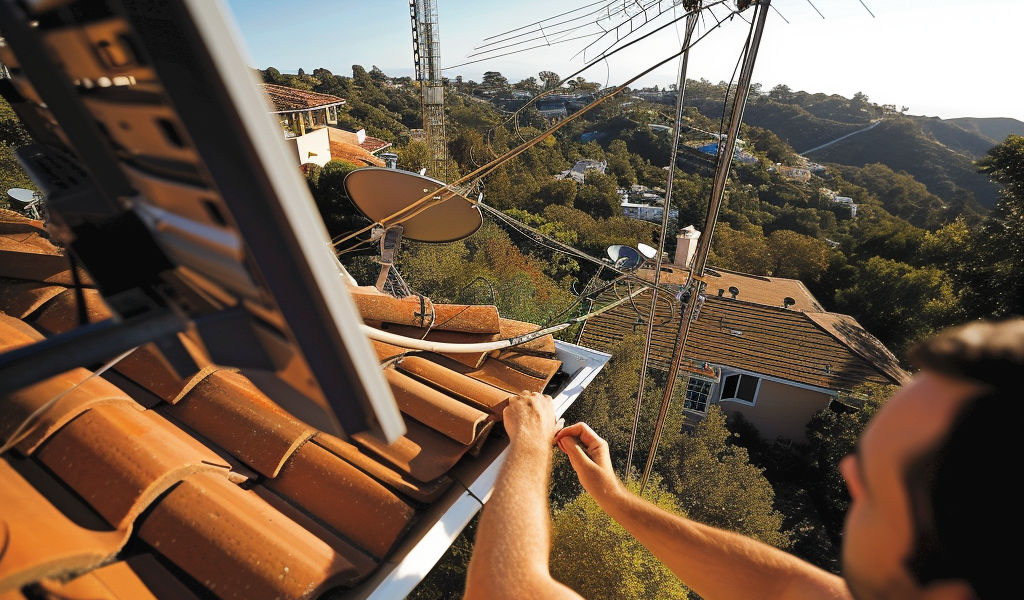In the current digital age, privacy is a growing concern for internet users. Many websites and online platforms use cookies and collect personal data for various purposes such as personalized ads, content measurement, and audience insights. This data processing often includes accessing information on users’ devices and may involve the use of precise geolocation data with their consent.
However, users have the right to choose whether to consent to such data processing. They can access detailed information about the data collection practices and change their preferences accordingly. It’s important to note that while some data processing may not require user consent, individuals still have the right to object to such practices.
When it comes to privacy preferences, they apply to specific websites, and users can modify their settings at any time. This flexibility allows individuals to manage their privacy choices effectively and align them with their preferences.
Unlocking the Airwaves: What Channel is CBS on Antenna?
As the world of entertainment continues to evolve with streaming services and cable TV, the significance of local channels accessible through traditional TV antennas should not be underestimated. For viewers who rely on CBS for their favorite shows, understanding how to tune in using a TV antenna is essential.
Embracing Over-the-Air Access
TV antennas offer a gateway to over-the-air channels without the need for a monthly subscription, providing access to CBS shows, local news, and live sports broadcasts without the financial commitment associated with cable or streaming services.
The Antenna Arsenal: Finding CBS on Your TV Antenna
Prior to locating CBS on a standard TV antenna, it’s important to grasp the fundamentals of these technological devices. Indoor and outdoor TV antennas act as the conduit between local TV stations and televisions, with indoor antennas being popular in urban areas and outdoor antennas offering robust solutions for areas with weaker signal reception.
Choosing the right antenna involves considering factors such as local signal strength, proximity to TV towers, and the surrounding terrain. These variables impact signal quality and the number of channels available, highlighting the importance of antenna compatibility with Very High Frequency (VHF) and Ultra High Frequency (UHF) bands.
Directionality is another critical consideration, as it influences the reception of signals from specific broadcast towers. By taking these factors into account, viewers can optimize their TV antenna setup to access a diverse range of channels, including CBS.
As technology continues to shape the way we consume media, the role of TV antennas in providing access to local channels remains a valuable and viable option for many viewers.





